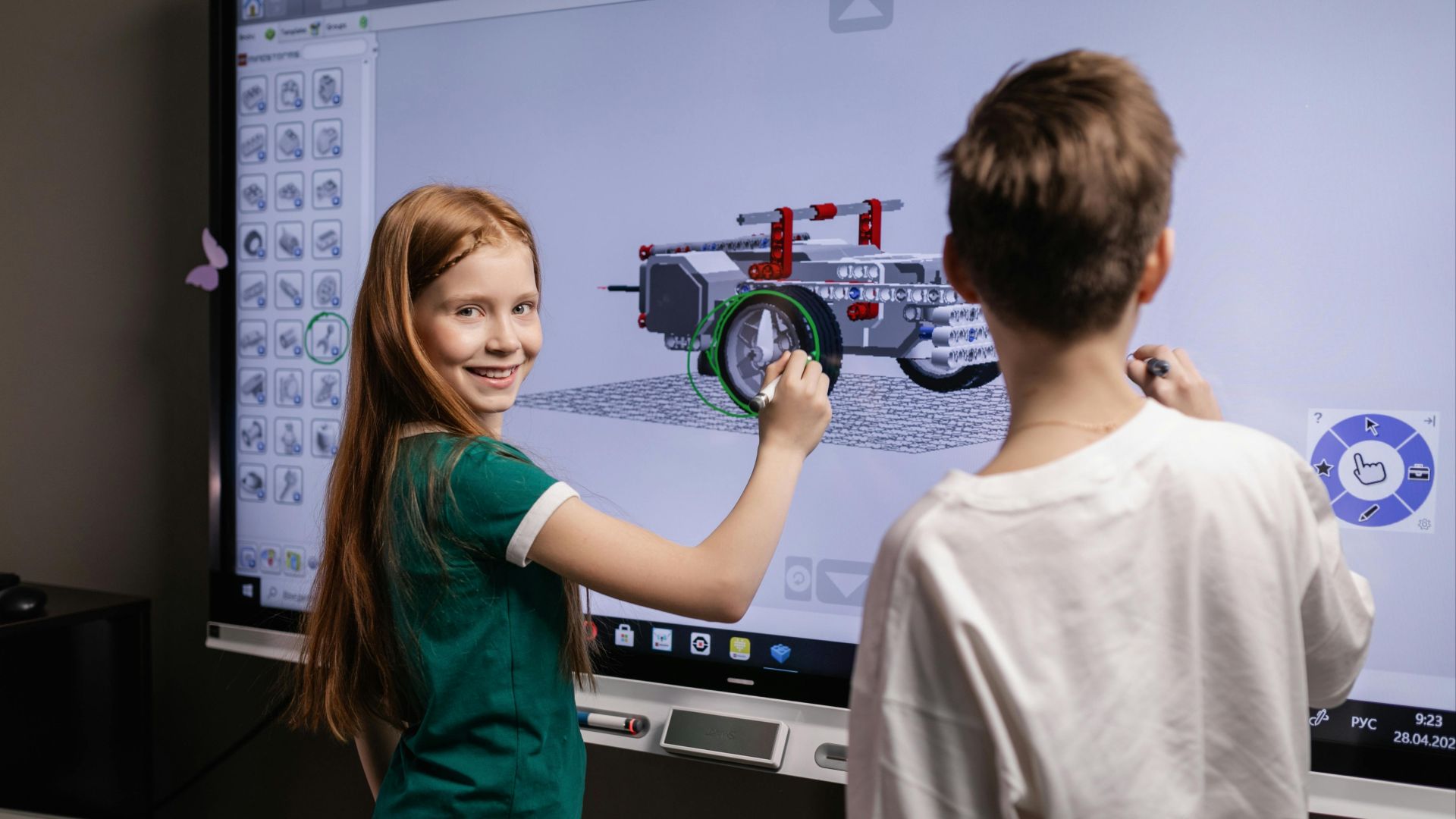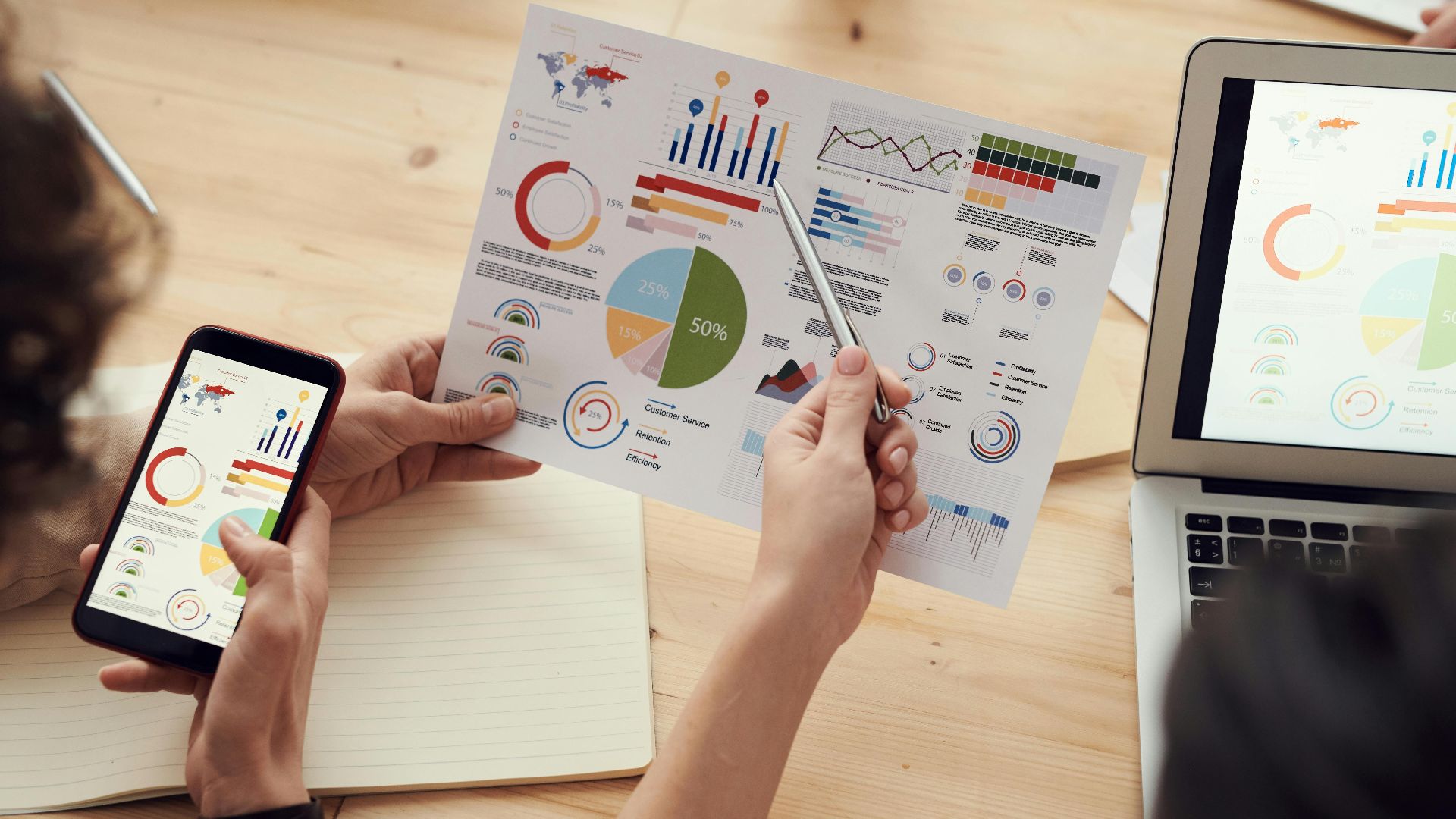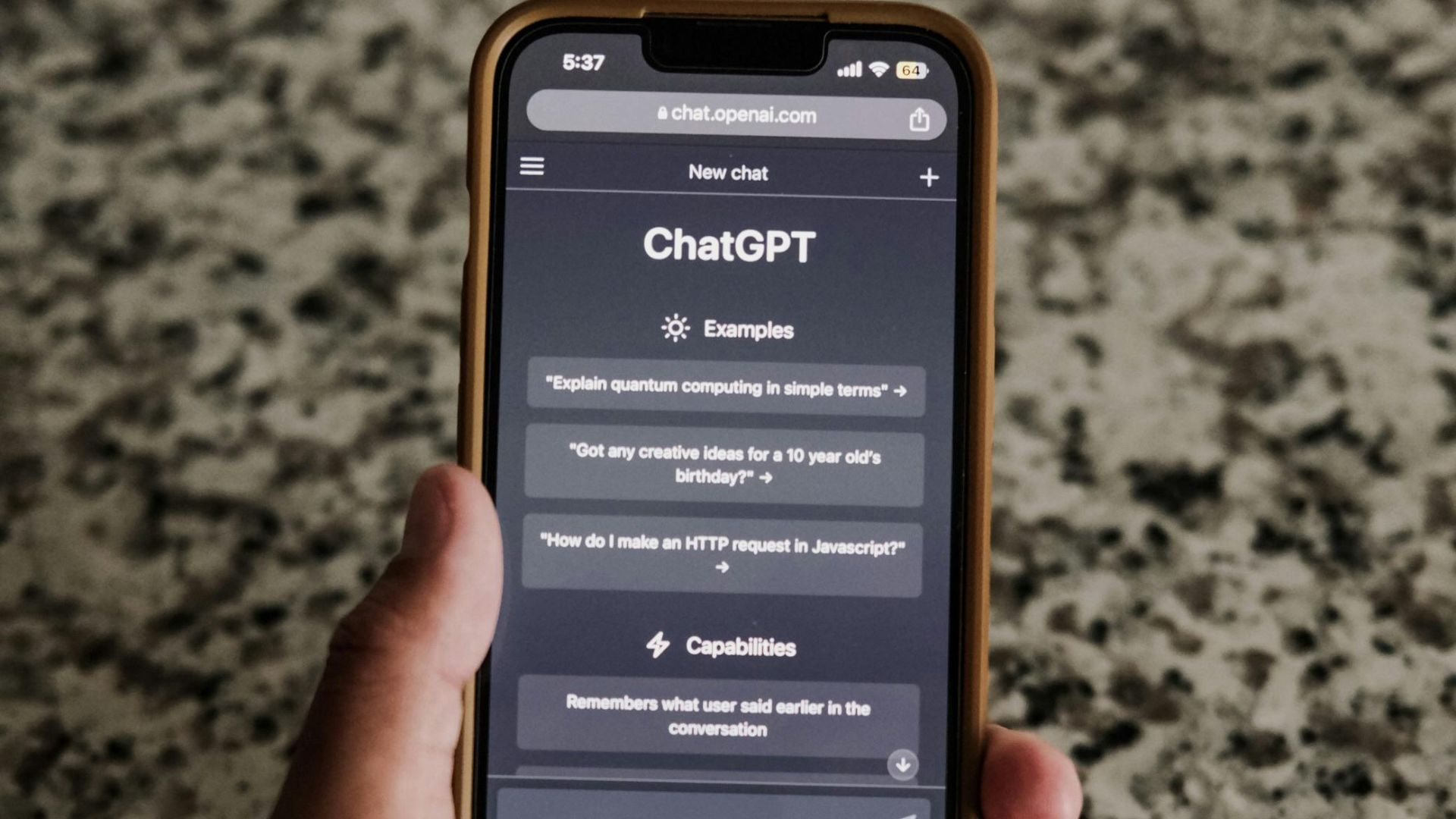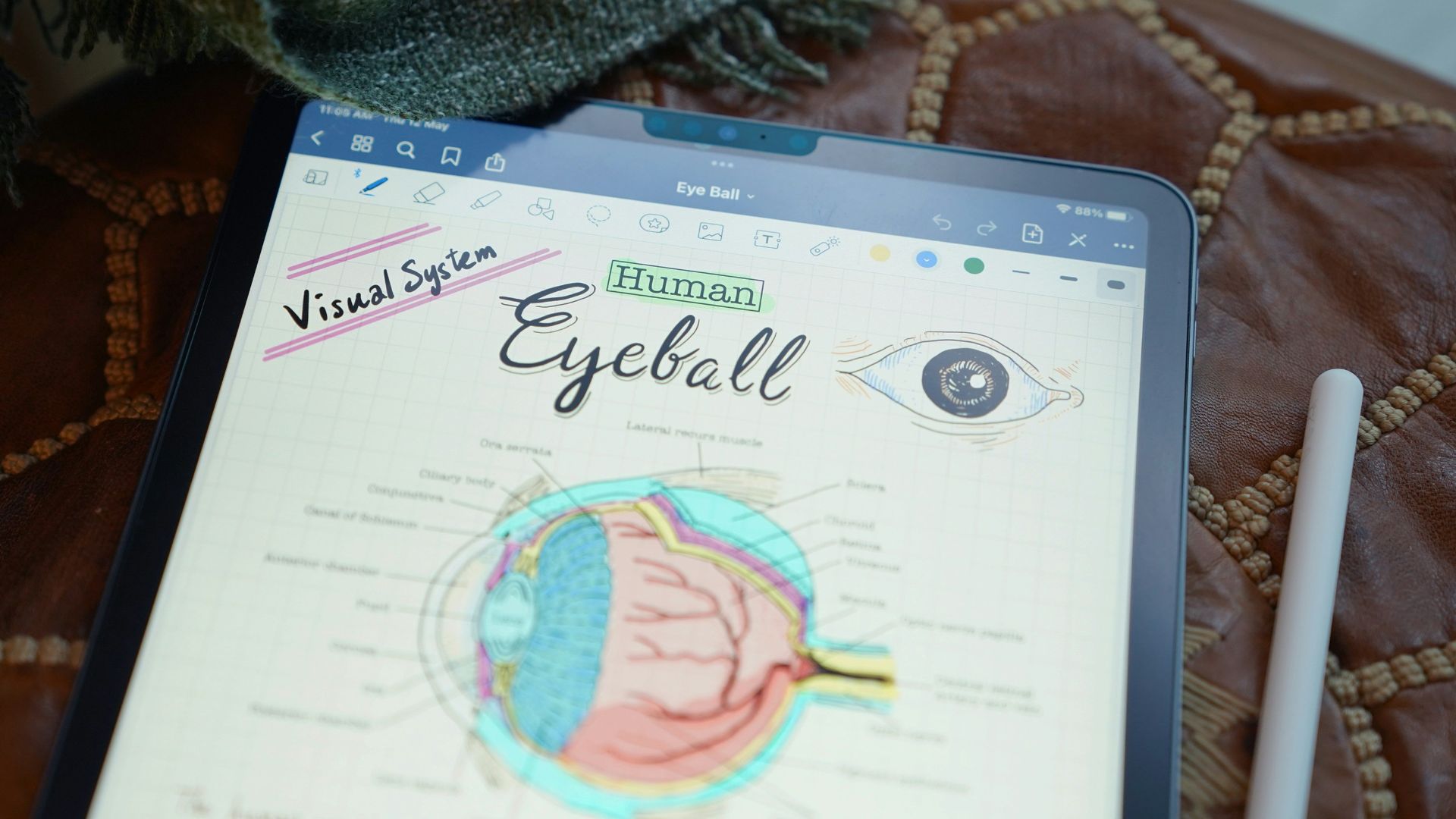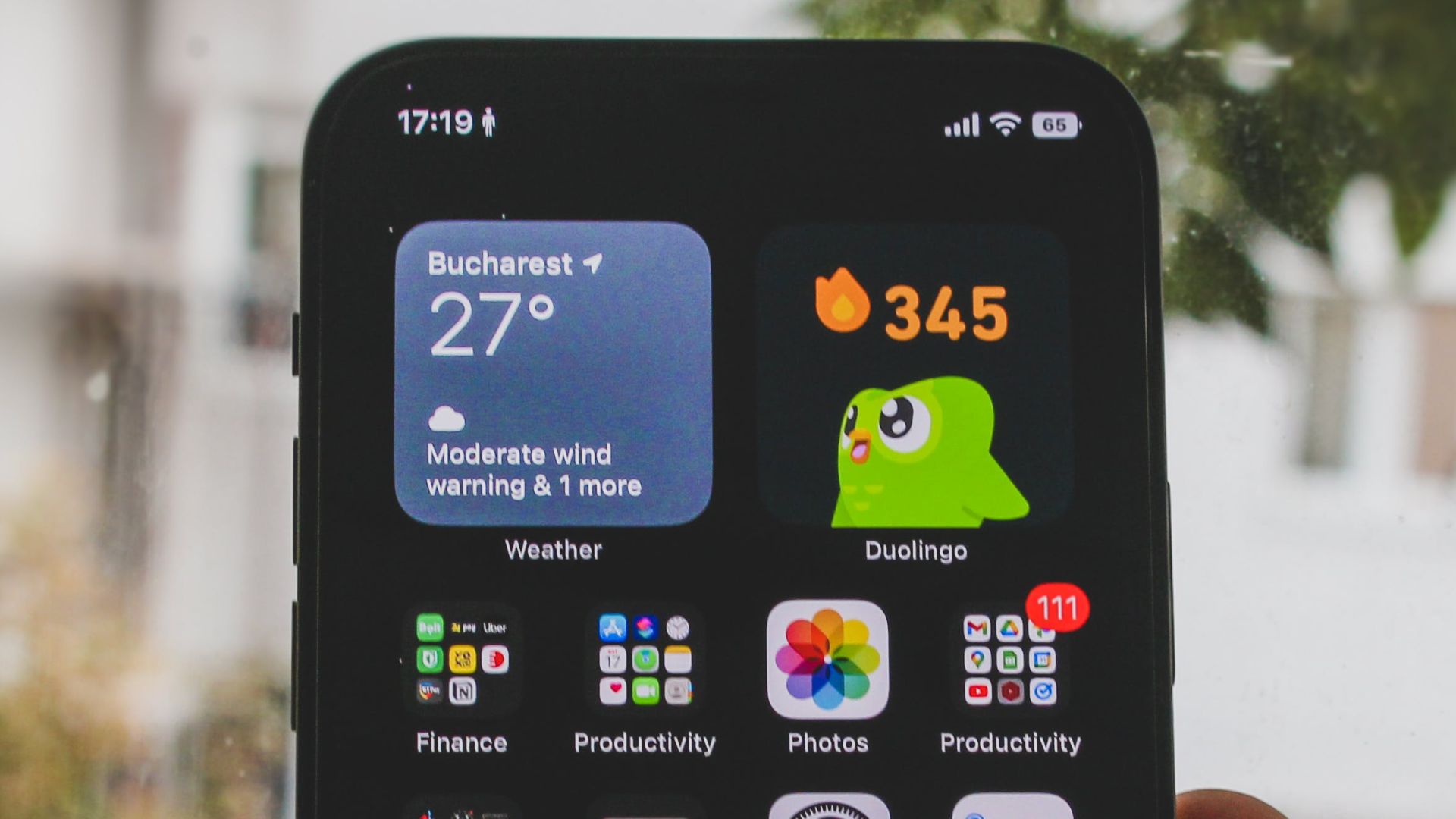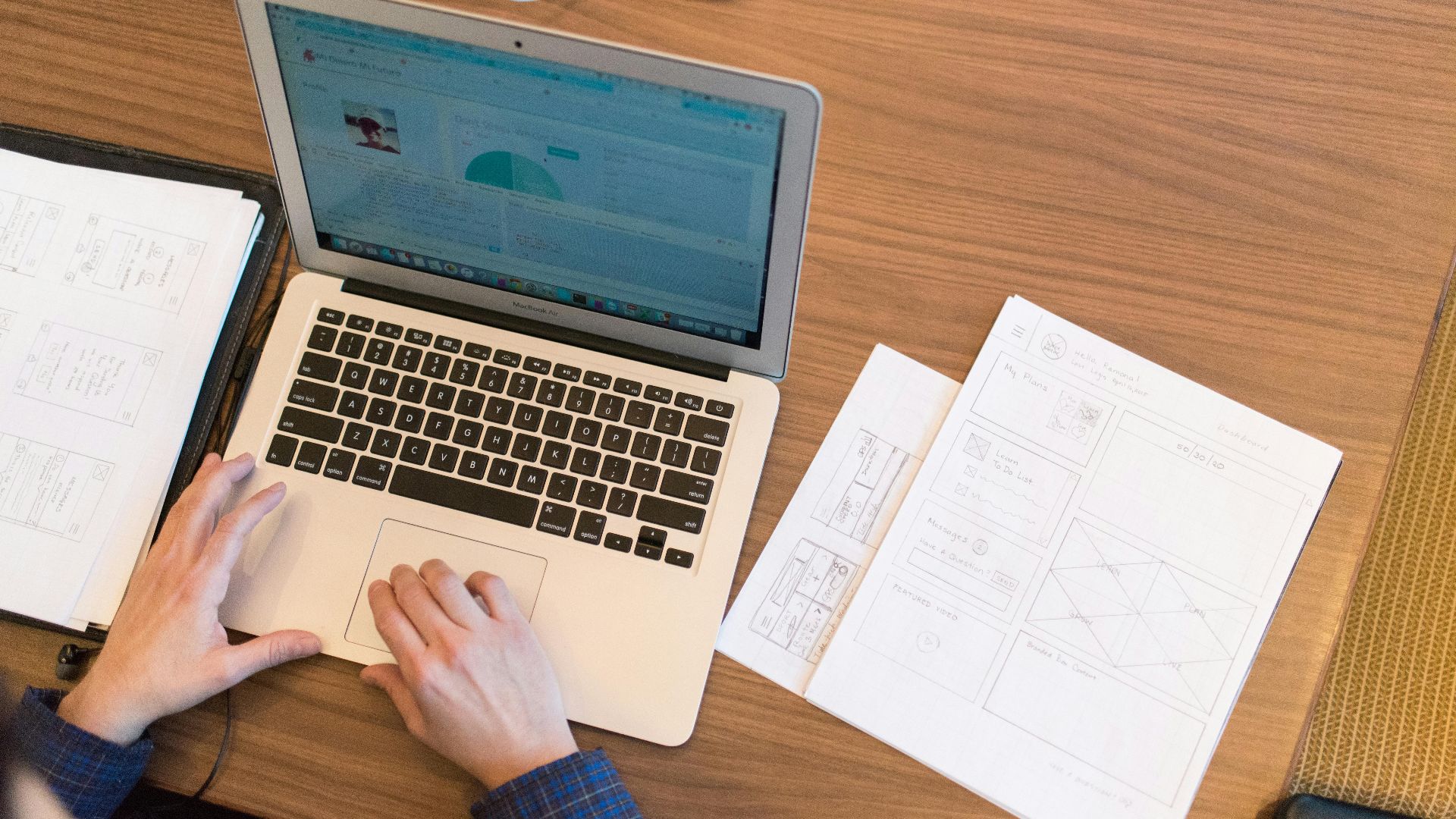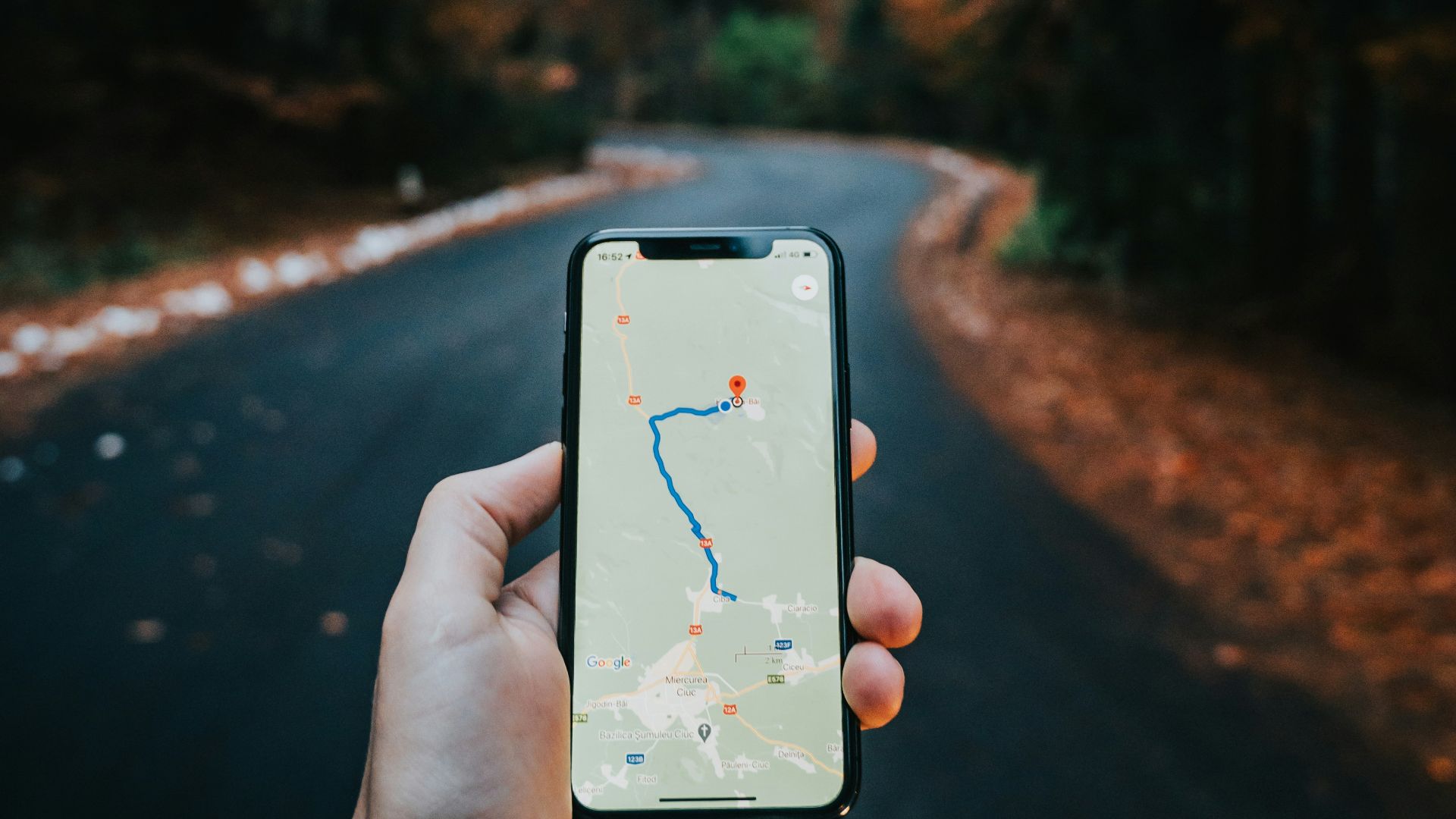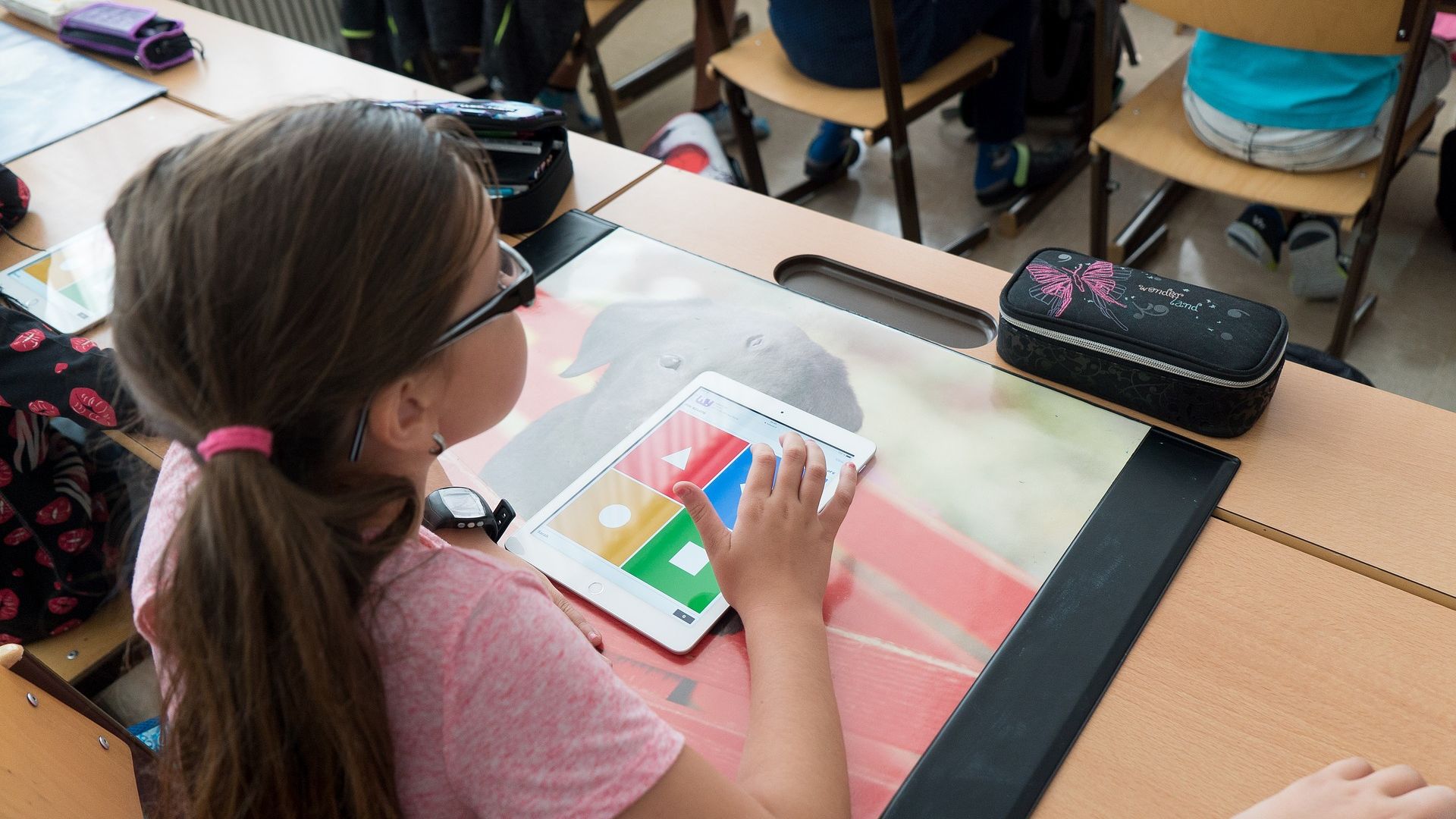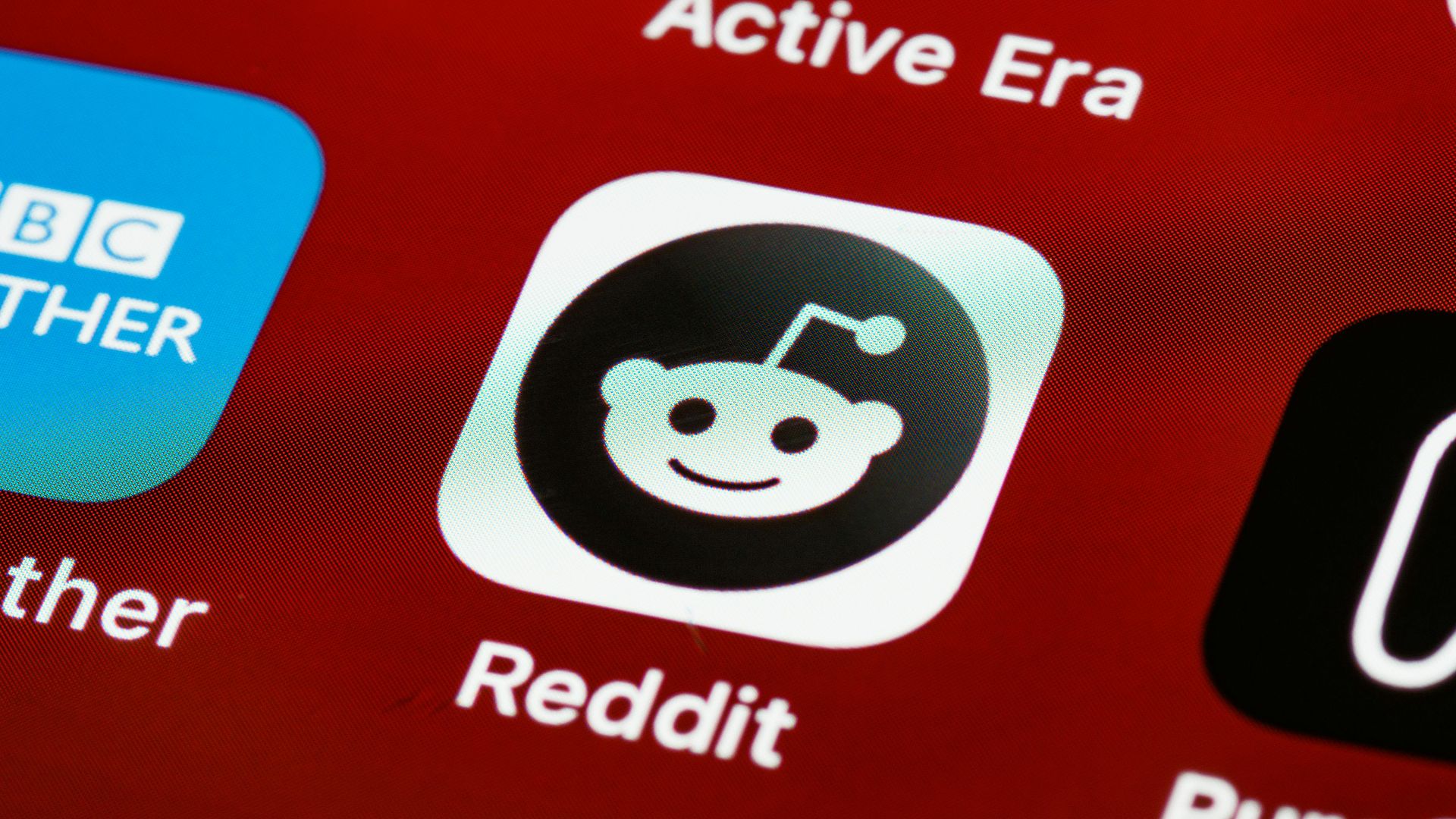How Technology Is Reshaping the Way We Learn
Navigating through the pandemic was like wading through the unknown, but it forced us to adapt to our ever-changing world in ways we didn't immediately realize were possible. For one, it introduced virtual classrooms, online courses, and, in recent years, the integration of artificial intelligence (AI) and interactive tools. Our educational experience will only continue to shift and change in the coming years—but how exactly has technology reshaped the way we learn?
1. Online Courses & Learning Platforms
With online learning platforms like Coursera, Udemy, Domestika, and others, it's easier than ever to master a new skill with just a click of a button. And since you can complete these courses at your own pace, students can enroll in as few or as many as they'd like according to their schedule and day-to-day life.
2. Video Lectures
With video and short reel platforms like YouTube and TikTok, it's also easier now than ever for students to learn by watching clips. This is especially great news for visual learners who grasp and retain information better when given diagrams and illustrations over reading traditional textbooks.
3. Virtual Classrooms
But what if you're in a completely different country? Can you still learn in real-time? The answer is yes; with the rapid rise of technology, virtual classrooms using platforms like Zoom and Google Chat mean students never have to worry about missing a lecture because they're on another continent or timezone.
4. AI Tools
And technology has progressed even further in recent years with AI tools dominating almost every aspect of our lives, with the emergence of ChatGPT, Grammarly, Gemini, and much more. These chatbots and assistants can provide instant feedback, edit documents, compile research and notes, and even explain complex concepts.
5. Mobile Learning
Don't have a laptop? No problem. Mobile learning (mLearning) allows you to access content using your smartphone alone. This makes it all the more convenient to learn from anywhere, at any time, instead of having to lug around your tablet or laptop.
6. Learning Management Systems
Plus, learning management systems and Q&A forums, like Blackboard and Piazza, run by instructors and teaching assistants mean students can stay connected to their classmates and lecturers. Have a question related to your assignment? Pop onto the platform to ask it, and you'll receive an answer from your teachers even outside of class or office hours.
7. Augmented Reality & Virtual Reality
With the advancement of technology, there are even more ways immerse yourself in a learning environment—literally. Augmented reality (AR) and virtual reality (VR) in education allows students to have much more interactive lessons, which may help them better understand and retain difficult concepts.
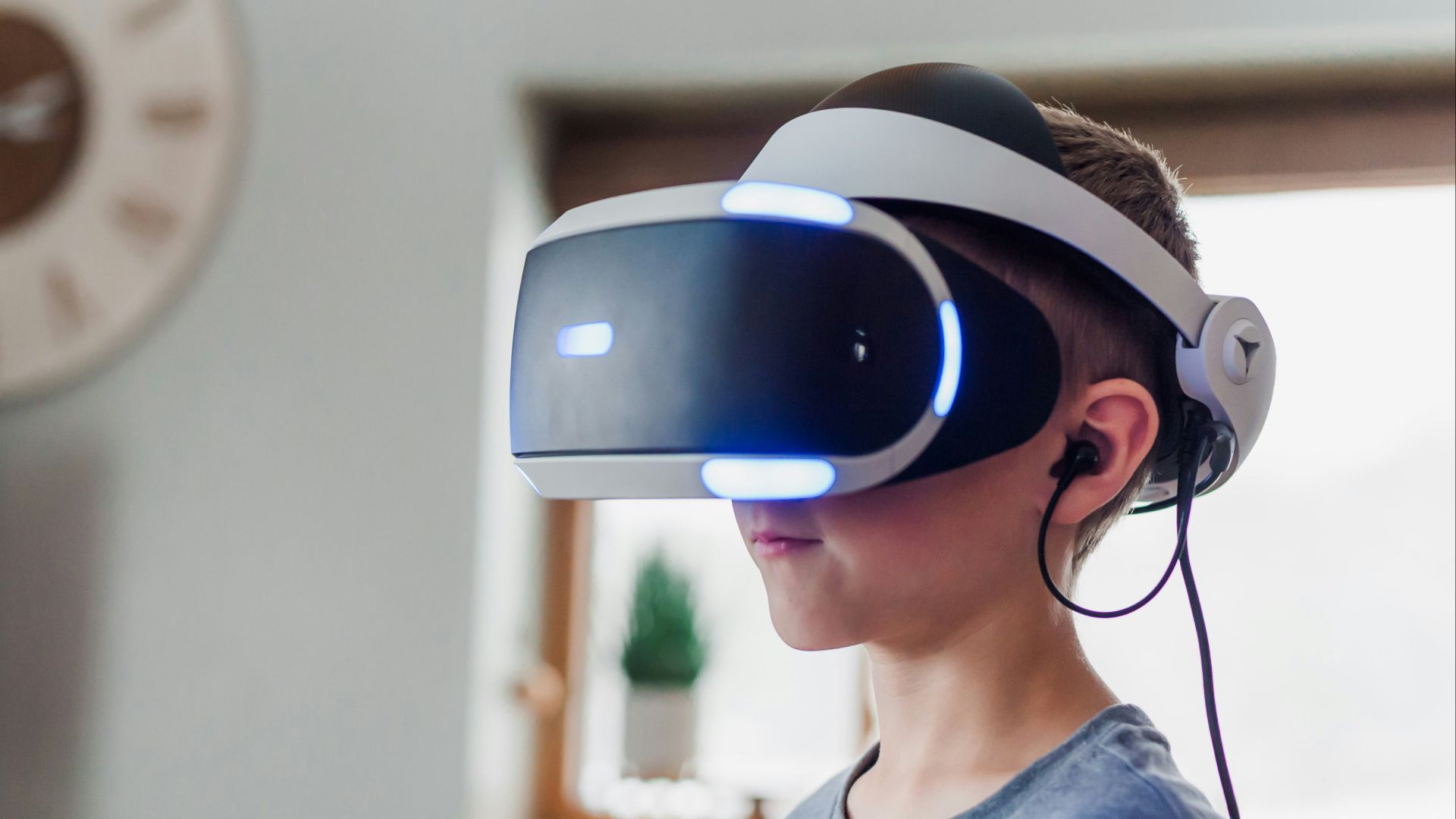 Jessica Lewis 🦋 thepaintedsquare on Unsplash
Jessica Lewis 🦋 thepaintedsquare on Unsplash
8. Digital Note-Taking
If you've switched from paper and pencil to taking notes digitally, apps like Notability and GoodNotes help you better organize your subjects and lessons, and keep everything saved in one place. Additionally, apps like Notion, OneNote, EverNote, and even Google Docs allow seamless collaboration between teams—perfect for classmates who want to take notes together.
9. Podcast Learning
If you regularly listen to podcasts in the morning, whether for meditation or to resume and dive deeper into a subject you're interested in, this is another way technology has made it more convenient to learn something new at the tap of a button. You can pause and start back up whenever you're ready, and you can also do other activities while listening, such as jogging, cooking, or cleaning.
10. Cloud Storage & File Sharing
Advancements in technology have also made saving our work more convenient and intuitive. Gone are the days where you might lose an entire document by forgetting to hit the save button. Now, with tools like Google Docs, your files are automatically kept safe and up to date to the cloud (i.e. on remote servers) every time you make an edit.
11. Language Learning Apps
With language learning apps like Duolingo and Babbel, gaining fluency in another language has never been easier. These apps allow you to learn at your own pace and level, giving you flexibility and control. Plus, they're typically much more affordable than traditional classes, meaning you can take on more than one course if you want!
12. Research Methods
The way we research materials has also changed dramatically. Whereas we needed physical books and resources in the past, we can now access digital archives and rely on the web to help guide us to appropriate sources. AI tools can even help compile and simplify this process, making it easier for us to digest large chunks of information.
13. "The External Brain"
Technology has also affected the way we memorize pieces of information. Because we now have the option to save important details in our phones, laptops, and other external devices or online locations, we treat the internet as our "external brain," which allows us to save brainpower and memory space. Research has also proved this theory, with one study having found that people were more likely to remember things when told they were erased from the computer than if told they were saved on a device.
14. Virtual Maps
With services like Google and Apple Maps, not only can you better scope out routes ahead of time, you can also visit highly remote areas with the tap of a finger. Satellite imagery has also helped in surprising and interesting ways, such as giving investigators leads to solve crimes.
15. Social Media
Platforms like X/Twitter, TikTok, Reddit, and others have also helped transform the way we understand and connect with the world around us. While content on social media can't always be taken as true official sources, it allows us to learn implicitly and to see, in real-time, events happening across the globe and how people are reacting and commenting.
16. E-books & Online Databases
Instead of having to scour through library aisles, e-books and online databases have made it much more convenient to access materials online and through portable devices. From fiction to non-fiction, we can find novels, published papers, and documents that supplement and enrich our learning.
 César Abner Martínez Aguilar on Unsplash
César Abner Martínez Aguilar on Unsplash
17. Smartphones & Tablets
All of the things we've mentioned wouldn't be possible without the devices we use every day, such as the ones we often keep on us at all times. Without smartphones and tablets, we wouldn't be able to learn on the go or take advantage of the tools and apps that make our lives easier.
18. Interactive Assessment & Feedback Tools
With fun, engaging platforms and apps like Kahoot!, Quizlet, and Socrative, students no longer need to be bored writing quizzes the traditional way. These interactive assessment tools bring classrooms to life while allowing teachers to see real-time progress.
19. Crowdsourced Learning Content
Crowdsourced learning allows people from all different backgrounds to come together, collaborate, and share educational content. These informal resources, such as Stack Overflow, Reddit, and Wikipedia, allow us to absorb insights shared by hobbyists and experts alike.
20. Personalized Learning
Best of all, technology has allowed for personalized learning, ensuring that you always learn at the pace, level, and style that's perfect for you. Whether you prefer hybrid learning models over traditional in-person lectures, or you're better suited for interactive classrooms or apps, you can tailor your educational experience to fit your unique needs.


